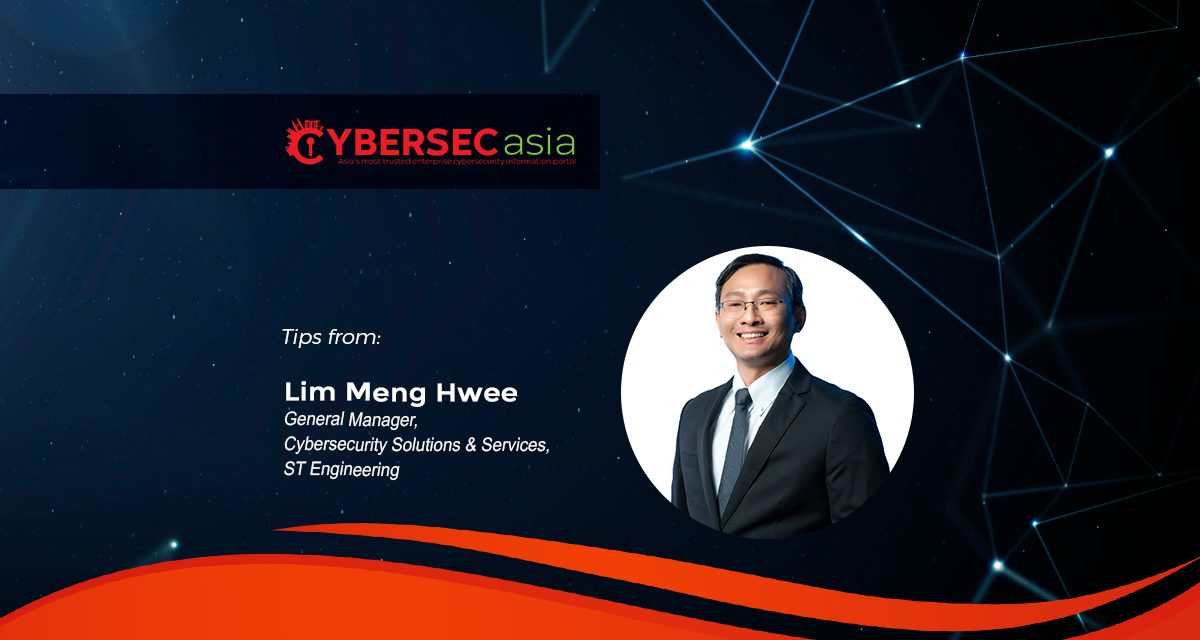Explore how AI is transforming OT cybersecurity to safeguard critical infrastructure. The article examines the integration of AI to enhance threat detection, accelerate response times, and mitigate operational disruptions.
The engineering of Artificial Intelligence (AI) into Operational Technology (OT) cybersecurity marks a major advancement in defending critical infrastructure against cyber threats. With the market for AI in cybersecurity growing from approximately 24 billion USD in 2023 to roughly 134 billion USD by 2030, there are concerns regarding the expanding attack surface and new complexities that require strategic consideration.
Defining OT Cybersecurity
OT refers to the hardware and software systems that monitor and control physical devices, processes, and infrastructure. These systems are integral to industries such as manufacturing, energy, transportation, and utilities, ensuring the smooth and efficient operation of critical assets.
OT cybersecurity safeguards physical systems, secures the communication networks they rely on and continuously, monitors for threats. It also integrates seamlessly with IT security while adhering to strict industrial standards. This enables systems to effectively respond to malicious incidents while minimising operational disruptions.
The Transformation of OT Cybersecurity
OT cybersecurity started with passive monitoring primarily due to IT-OT integration. Over time, stakeholders have evolved to identify security needs in specific environments and now proactively enhance their OT systems’ security.
AI is poised to significantly enhance OT cybersecurity by improving detection efficacy and reducing response times during incidents. Machine learning analyses the relationships within production processes to detect anomalies that might be challenging for humans to identify, thus substantially strengthening the overall security posture of OT systems.
Challenges in Implementing AI in OT Security
While AI offers transformative benefits for OT cybersecurity, it is not without its challenges and limitations. Organisations must carefully evaluate the implications of engineering AI into their cybersecurity frameworks.
Resource constraints are a major hurdle, as AI implementation demands substantial investment in technology, infrastructure, and expertise, often straining limited budgets. Moreover, AI systems necessitate high-quality data for accurate analysis, yet many OT environments struggle with incomplete or inconsistent data, reducing the effectiveness of AI solutions.
Another obstacle is the skill gap, with many operators lacking the necessary AI and cybersecurity expertise, highlighting the need for comprehensive training and development. Integration with legacy systems further complicates adoption, as older technologies may not be compatible with advanced AI. A clear understanding of AI’s capabilities and limitations is crucial for successful implementation.
How AI Enhances OT Cybersecurity
Traditional monitoring systems are often unable to provide clarity between a system fault or a cyber incident. Any delays in response to Critical Information Infrastructure (CII) could potentially result in huge financial impact or lack of resources to a nation.
In response to these critical challenges, the Cyber Security Agency of Singapore (CSA) has implemented a comprehensive Code of Practice that requires CII operators to adhere to rigorous operational security standards. An effective approach to meeting these requirements involves the strategic integration of AI into OT cybersecurity frameworks.
This integration serves two primary purposes: (1) to significantly enhance the accuracy of threat detection mechanisms, and (2) substantially mitigate the financial implications associated with operational disruptions by reducing incident response time.
In application, AI’s ability to process vast amounts of data at scale proves invaluable. This allows OT cybersecurity systems to perform baselining based on network and process data, contextualise alerts based on learned patterns to reduce false positives, and detect subtle abnormalities. AI accomplishes this while seamlessly scaling with increased network activity, utilising threat libraries and data models for more effective incident response and mitigating present threats.
A Comprehensive Approach to Strengthening OT Cyber Defence
AI can be utilised as the main control centre for cybersecurity, either as a decision-maker or an advisor to human operators. To start, organisations must define their specific cybersecurity needs or seek consultation from experts to ensure they are addressing the right challenges.
Before making substantial investments, owners should request proof of concept from vendors to evaluate the effectiveness of AI solutions and decide whether to outsource or develop in-house capabilities.
Furthermore, conducting thorough tuning and baselining with stakeholders is essential for establishing an accurate baseline that aligns with the organisation’s specific operational environment. This process often requires close collaboration with cybersecurity experts and operational managers to fine-tune the AI’s parameters and set appropriate benchmarks.
Once this baseline is established, the AI system can train more effectively by leveraging the expertise of seasoned professionals to enhance detection and overall performance.
For instance, ST Engineering has created an AI solution for OT cybersecurity that has been successfully implemented in a live water treatment facility. This solution, tested in the iTrust secure water testbed, can detect anomalies at various levels, including process, network, and endpoints. By analysing these anomalies, the system can identify the source of attacks and analyse the sequence of events, allowing for timely intervention to prevent further disruption.
Considering the sensitive nature of OT systems, ST Engineering employs advanced sequence-based deep learning techniques to monitor events over time and identify how past incidents impact current scenarios. Our latest AI-enabled OT cybersecurity solution, Adaptive & Intelligent Cyber Monitoring for OT Systems (AICYMO), addresses emerging cyber threats and regulatory complexities by managing both operational processes and cyber elements. This integrated approach ensures operators gain valuable insights into both the physical and digital layers of their systems.
A Paradigm Shift in OT Cyber Defence
The growing interconnectivity of OT systems is accelerating AI adoption in OT cybersecurity. Despite being in its early stages, AI’s advantages will propel its integration into security frameworks, thereby enhancing predictive analysis and autonomous response capabilities.
To optimise outcomes, organisations must implement AI systematically to ensure alignment with existing infrastructure and strategic objectives.

















